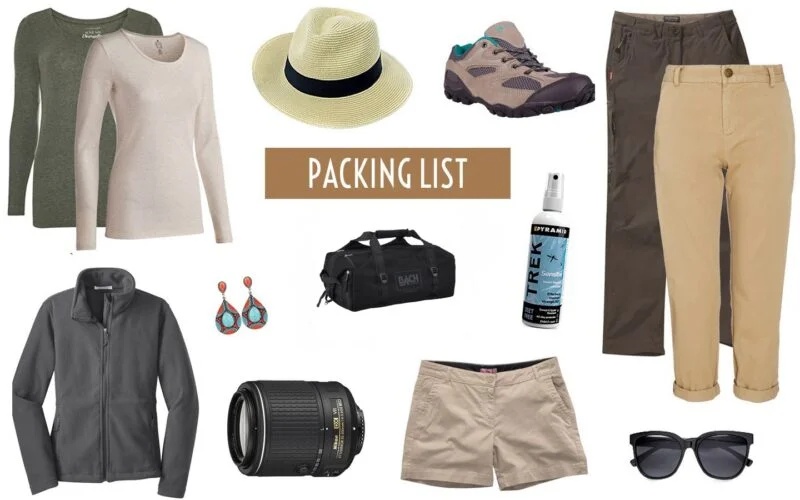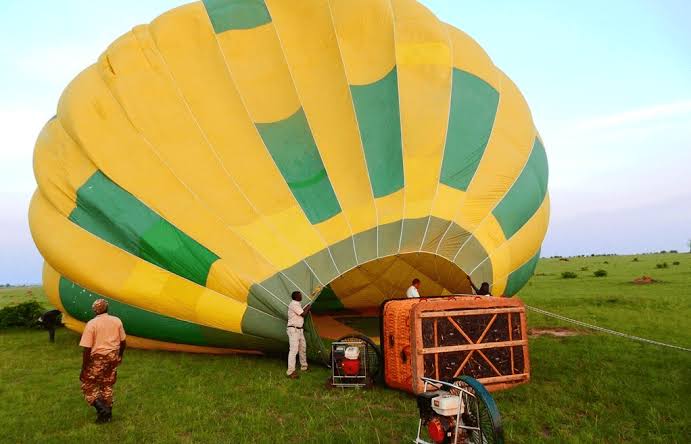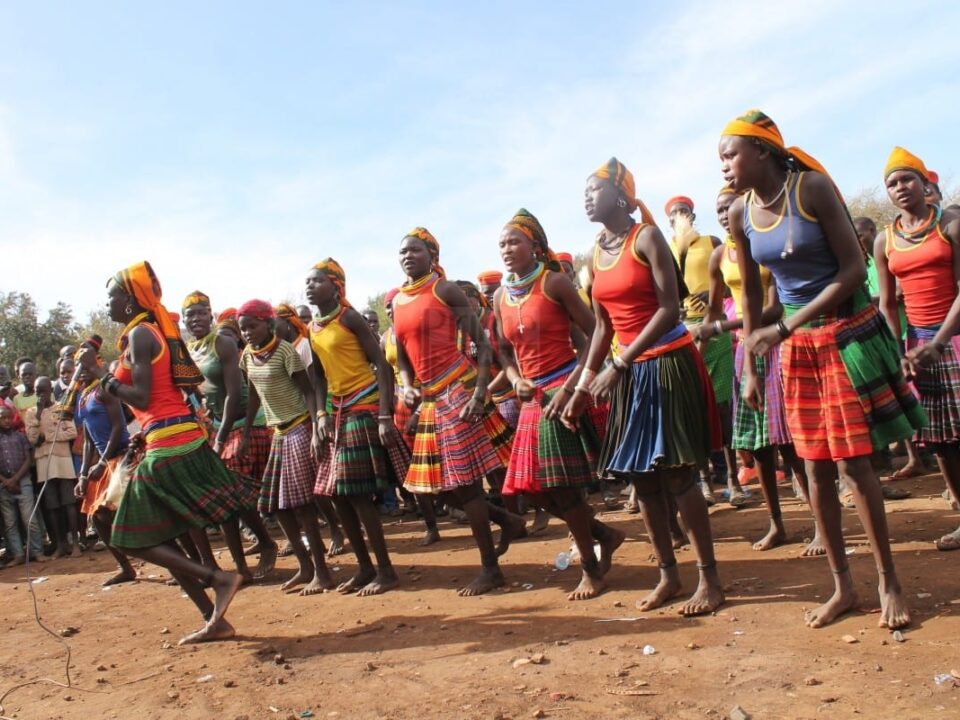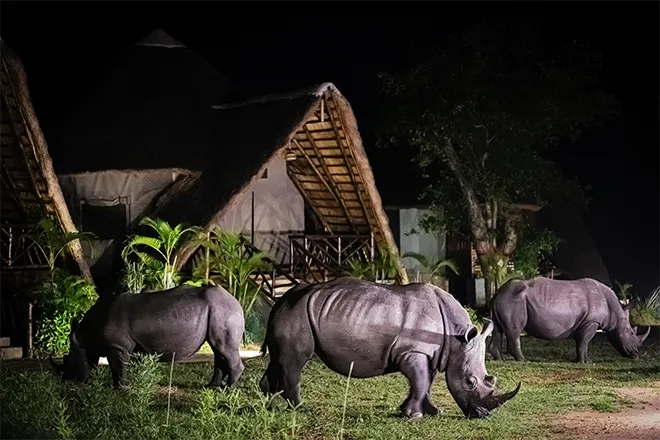- GET IN TOUCH WITH US:
- +256 753518160
- +256 777842166
- info@experiyatourcompany.com

Is April a good month for safari in Kenya?
November 20, 2025
Are night temperatures cold on safari?
November 20, 2025What Should I Pack for a Safari in Kenya?
Packing for a safari in Kenya is different from packing for any other kind of holiday. Out on the savannah, you’re exposed to sun, dust, cool mornings, warm afternoons, and sometimes unexpected rain. You’ll spend long hours in open vehicles, moving across bumpy tracks, and transitioning between lodges with varying climates. Kenya’s safari experience takes you deep into nature—into the Maasai Mara’s golden grasslands, the dramatic landscapes of Samburu, the elephant-rich plains of Amboseli, and the wild beauty of Tsavo. Packing wisely ensures that you stay comfortable, prepared, and fully immersed in the experience without worrying about missing essentials.
A well-planned packing list should balance comfort, practicality, and simplicity. The goal is to bring what you need without overpacking, especially because soft-sided luggage is often required for small bush planes between parks. From clothing and shoes to travel documents, photography equipment, and health essentials, this guide provides a detailed breakdown of everything you should pack for a successful safari in Kenya. Whether it’s your first safari or a return adventure, knowing what to bring makes your journey seamless, enjoyable, and unforgettable.
Clothing Essentials for a Kenya Safari
Clothing for safari must prioritize lightweight comfort, breathable fabrics, and neutral colours that blend naturally into the environment. Kenya’s weather varies by region and season, and safari days typically involve early mornings and late evenings when temperatures are much cooler.
Neutral-Coloured Safari Wear
Wildlife experts and guides recommend wearing neutral colours like:
Beige
Olive
Khaki
Brown
Muted greens
These colours reduce distraction for wildlife and help you blend into natural surroundings. Avoid bright colours and dark blues or blacks—these can attract tsetse flies in certain regions such as Tsavo or Samburu.
Lightweight Shirts and T-Shirts
Pack breathable, quick-drying tops. Long-sleeved shirts are extremely useful for:
Sun protection
Mosquito protection
Layering on chilly mornings
Moisture-wicking fabrics keep you comfortable during long game drives.
Safari Trousers and Comfortable Pants
Lightweight safari trousers, hiking pants, or cargo pants work best. Convertible trousers that zip into shorts are a great multi-purpose option. Avoid denim—it’s heavy, hot, and takes long to dry if it gets wet.
Warm Layers for Chilly Mornings
Dawn game drives can drop to 10°C (50°F) or lower. Pack:
A fleece jacket
A lightweight down jacket
A warm hoodie or sweater
Even in hot regions like Samburu, mornings and evenings can be surprisingly cold in open vehicles.
Shorts and Casual Wear for Midday
During midday breaks, when you’re relaxing at the lodge, shorts and light, breathable clothing are ideal.
Comfortable Footwear
You don’t need heavy boots unless you’re doing walking safaris or mountain hikes. For most travellers:
Closed-toe walking shoes or trainers
Comfortable sandals
Light hiking shoes
are perfect. Avoid white shoes—they will turn red or brown from dust.
Hat and Sunglasses
A wide-brim safari hat protects your face and neck from harsh sunlight. Sunglasses with UV protection are essential for game drives, especially when the sun reflects off dry plains or water.
Personal Items and Toiletries
Sunscreen and Lip Balm
Kenya’s sun can be intense—even during cooler seasons. Pack a strong SPF 30–50 sunscreen and protective lip balm.
Insect Repellent
A must-have for evenings and areas near rivers or forests. Choose one with DEET or picaridin for maximum protection.
After-Bite or Anti-Itch Cream
Useful in case you get bitten despite precautions.
Personal Medications
Bring all regular medications in clearly labelled containers. Include a basic travel pharmacy with:
Pain relievers
Antihistamines
Anti-diarrheal medicine
Motion sickness tablets
Band-aids
Electrolyte powders
Though lodges have first-aid kits, it’s best to carry your own essentials.
Moisturizer and Wet Wipes
Dust and wind can dry out your skin, and wet wipes help keep your hands and face clean during long drives.
Toiletries
Most lodges provide shampoo, soap, and lotion, but bring:
Deodorant
Toothbrush and toothpaste
Face wash
Shaving supplies
Female hygiene products as needed
Travel Documents and Safari Essentials
To avoid complications, keep all important documents organized and easily accessible.
Passport and Visa
Ensure your passport is valid for at least six months beyond your travel dates. Kenya’s e-visa system is straightforward—apply online in advance.
Printed Itinerary and Travel Insurance
Even though digital works, safari regions often have limited connectivity. Print your travel documents, insurance, and lodge confirmations.
Vaccination Documents
If required, carry your yellow fever vaccination card.
Cash and Cards
Bring a mix of:
Small denominations in USD (for tips and incidental expenses)
Credit/debit cards for lodge bills
Most lodges accept cards, but tips and small purchases often require cash.
Technology and Photography Gear
A Kenya safari is a dream come true for photographers. Even non-photographers will want to capture the breathtaking scenery.
Camera Gear
At minimum, bring:
A good DSLR or mirrorless camera
A telephoto lens (100–400mm or 200–600mm ideal)
A wide-angle lens for landscapes
A mid-range lens (24–70mm)
A beanbag for stabilizing your camera during drives
Extra batteries, chargers, and memory cards
Cleaning cloths and a rocket blower for dust
Binoculars
Every safari traveler should carry their own binoculars. They transform your wildlife experience by bringing distant animals into clear view.
Power Bank
Some camps use solar power, so charging outlets may be limited. A power bank keeps devices charged between game drives.
Adaptors
Kenya uses the British 3-pin plug (Type G). Bring a universal adaptor.
Phone and Apps
Safari guides often share wildlife sightings and coordinate by phone, and your device can be used for light photography or journaling. But remember—signal in parks can be limited.
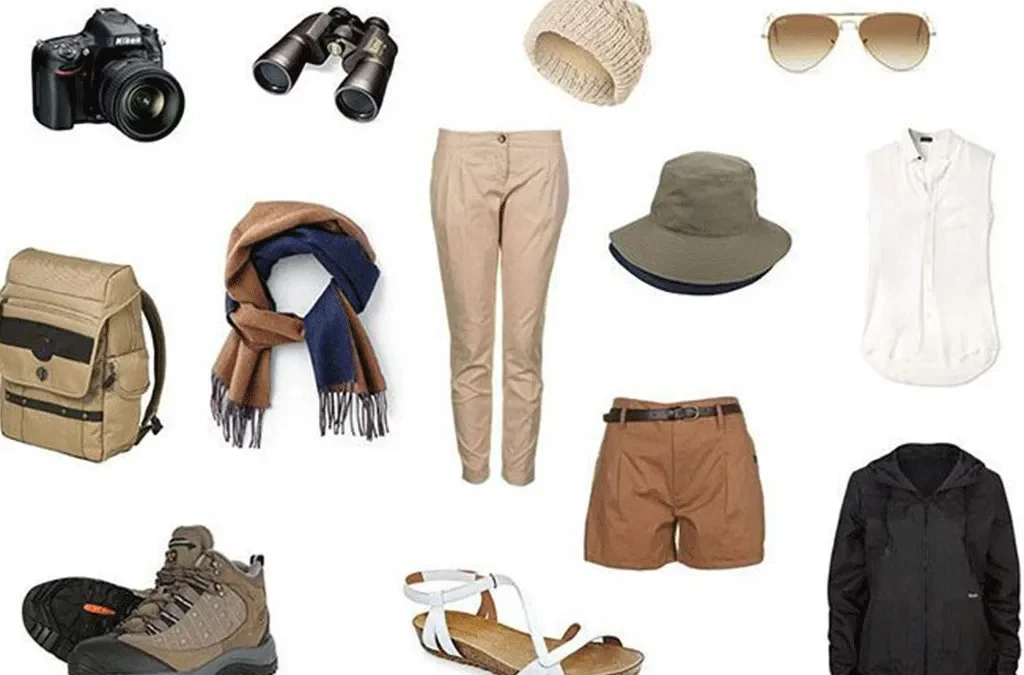 Health, Safety, and Comfort Items
Health, Safety, and Comfort Items
Refillable Water Bottle
Many lodges encourage eco-friendly travel. Carrying your own bottle helps reduce single-use plastic waste.
Hand Sanitizer
Very useful during game drives or long journeys between parks.
Light Travel Blanket or Scarf
A scarf protects you from:
Dust
Sun
Wind
Chilly mornings
Snacks
While lodges offer meals and snacks, packing protein bars, nuts, or dried fruit can be helpful during long drives.
Small Daypack
Use it to carry essentials like sunscreen, binoculars, camera gear, and water during game drives.
Luggage Tips for Safari
Most bush flights have strict weight limits—usually 15kg (33 lbs) in a soft-sided duffel bag. Avoid hard-shell suitcases unless your itinerary excludes bush flights.
Choose:
Soft-sided duffel bags
Light backpacks
Compressible packing cubes
Avoid:
Hard luggage
Large roller bags
Excessive items you won’t use
Travel light and prioritize essentials.
Clothing Recommendations by Season
Dry Season (June–October)
Warm fleece for cold mornings
Sun hats and sunscreen
Dust-friendly clothing
Light, breathable layers
Wet Season (March–May, November)
Light waterproof jacket
Quick-dry footwear
Rain covers for camera gear
Beach Extensions (Diani, Lamu, Watamu)
Swimwear
Flip-flops
Light cotton clothing
What Not to Pack
Avoid:
Camouflage clothing (restricted for security reasons)
Perfume or scented lotions (attract insects)
Bright or neon colours (disturb wildlife, attract flies)
Heavy boots (unless hiking)
Hairdryers in remote camps (may overload solar systems)
Final Thoughts: Pack Light, Pack Smart, Pack for Comfort
Your safari is about connecting with Kenya’s wild beauty—not worrying about luggage. A thoughtfully curated packing list helps you stay comfortable, safe, and fully immersed. Safari travel is rugged yet luxurious, adventurous yet relaxing, and your packing should reflect that balance.
Book Your Kenya Safari with Experiya Tour Company
For a seamless, expertly managed safari experience—complete with packing guidance, custom itineraries, and knowledgeable safari guides—Experiya Tour Company is the perfect partner. Their team assists travellers with every detail, from choosing the right parks to preparing the ideal packing list. Whether you’re planning a honeymoon, a family trip, a photography safari, or a classic wildlife adventure, Experiya ensures your journey is unforgettable, comfortable, and perfectly arranged. When preparing for your Kenya safari, trust Experiya Tour Company to guide you every step of the way.

